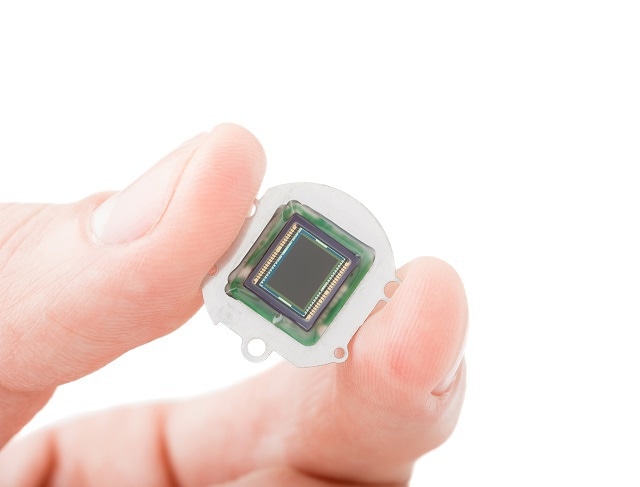Sep 8 2014

Image Credit: Sukharevskyy Dmytro (nevodka)/Shutterstock.com
Image sensors are instruments used for converting optical images into electronic signals. The global image sensors market has grown immensely due to technological advancements in the last decade. This has stimulated diversification in image sensor applications. Image sensors have been placed on board NASA’s Interface Region Imaging Spectrograph (IRIS) spacecraft to capture the first images of the Sun.
Types of Image Sensors
There are two types of commonly used image sensors in the market - charged-coupled device (CCD) and complementary metal oxide semiconductor (CMOS) sensors.
CCD Sensors
In 1969, Willard Boyle and George E. Smith associated with AT&T Bell Labs invented CCD. By 1971, CCDs were used to capture images.
CCDs are manufactured using an advanced technique that enables transportation of charge across the chip without any distortion, thereby producing very high-quality sensors with reliability and light sensitivity.
The chip output is in the form of analog voltage. The images produced using CCD image sensors possess high quality and low noise. The processing speed is in the range of moderate to fast and the complexity of the sensor is low.
Although CCD sensors consume more power than CMOS sensors, these sensors are widely used in many applications requiring high-quality image data.
CMOS Sensors
CMOS is an integrated circuit technology that has been adapted to capture images. The CMOS sensor components can be easily integrated onto a single chip using conventional manufacturing processes.
The chip output is in the form of digital bits. Although they are complex, CMOS image sensors are said to be easier and cheaper to manufacture than CCD sensors. Each pixel in the CMOS sensor can be read separately. Processing of image is fast while the sensitivity is low. They are, however, comparatively more vulnerable to noise.
The advancement in CMOS image technology is enabling CMOS sensors to move towards higher levels of performance.
Working Principle
Each image sensor is built with an array of photodetectors called pixels that gather photons or single particles of light. The photons in the pixels are then converted to electrons.
The gathered electrons are moved to a signal conditioning and processing circuitry. The electron charge is then output as voltage signal. The voltage signal is then amplified before it is supplied to a camera circuitry.
Digitization enables users to store, archive and retrieve image files electronically in a simple manner.
Applications
Image sensors are widely used in aerospace, defense, automotive, biometrics, and media sectors.
The following is a list of key applications of image sensors:
- Imaging devices such as digital cameras, camera modules, camcorders, smart phones, security cameras, PC cameras, personal digital assistants (PDAs), machine vision, security and surveillance cameras, and videoconferencing
- Optical mouse, document scanning, barcode readers
- Toys and games
- Medical – e.g., dental radiography and pill cameras
- Scientific imaging
References